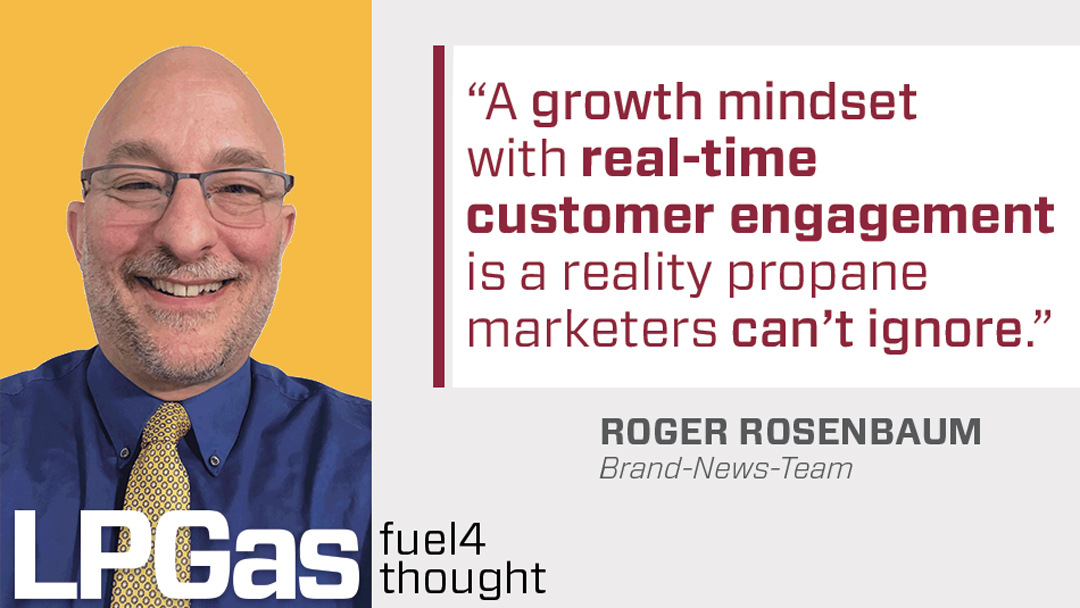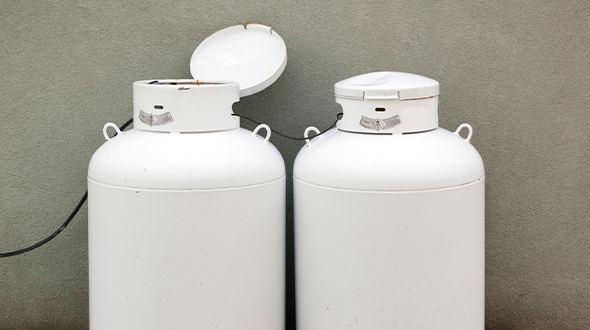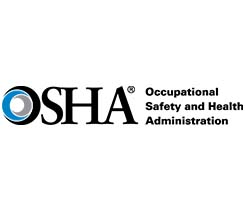WLPGA issues advisory, cylinder handling guidelines for COVID-19
The coronavirus has affected businesses around the world. With the propane industry in the United States considered essential, according to guidance from the Department of Homeland Security, it’s important to take every precaution to ensure the safety of employees and customers.
The World Health Organization (WHO) has issued advice on how to deal with the pandemic, and the World LPG Association (WLPGA) is addressing the safe handling of LPG cylinders.
LPG cylinders are circulating between LPG-filling plants and consumers, potentially exposing employees and customers throughout the distribution channel to infection.
The virus mainly spreads person to person, between people who are in close contact with each other. The transmission occurs when respiratory droplets, produced when an infected person coughs or sneezes, are inhaled.
The virus can also be transmitted directly by touching a contaminated surface or object, although that is not considered the main pathway of transmission.
The nature of the business presents challenges due to the risk that the virus will remain on contaminated LPG cylinders – particularly handles – during distribution.
Here are some points to keep in mind when handling LPG cylinders in the midst of a pandemic, according to the WLPGA.
The following advice is a guide to protect employees and consumers throughout the LPG cylinder distribution channel. It will also be incorporated in WLPGA’s guides, “Good Industry Practices for LPG Cylinder Filling” and “LPG Cylinders in the Distribution Channel.”
It is not intended to replace other company information or guidelines that may have been issued.
Specific guidelines for filling plant operatives
- Wash hands frequently with soap and water or regularly clean your hands with alcohol-based hand sanitizers.
- Avoid touching your eyes, nose and mouth to avoid transmission by way of direct contact.
- Practice good respiratory hygiene by covering your mouth and nose with a tissue or bent elbow when you
cough or sneeze. - Avoid close contact with others by maintaining at least a 6-ft. distance. Do not shake hands or hug.
- If you have a fever, cough or difficulty breathing, seek medical advice immediately.
- Monitor the body temperature of each person before they enter the workplace.
- Wash and disinfect cylinders – especially the handles – before they enter the filling plant, especially for plants without inline cylinder washing equipment. Washing or disinfecting can be done using a sprayer, plunge bath or antiseptic wipes in an isolated area, inside the filling plant or on the unloading platform with additional precautions. Employees involved in the handling, spraying or wiping of untreated cylinders should wear appropriate personal protective equipment (PPE), including face masks, protective gowns or coveralls, and gloves. Proprietary solutions, including bleach mixed with the correct concentration of water, should be used to ensure the virus is killed.
- For plants with inline washing equipment, make sure that the solution temperature and soap content are in line with the manufacturer’s recommendation.
- When washing or disinfecting the cylinders is not practical, ensure that employees follow the plant procedures and wear the correct gloves whenever handling cylinders.
- Restrict the number of employees on the loading and unloading platform and trucks, ensuring that everyone loading and unloading cylinders maintains at least a 6-ft. distance between one another.
- Wash down the truck-unloading area before and after cylinder deliveries.
- Ensure the use of disposable coveralls, antistatic gloves and protective glasses when in the plant.
- Disinfect all PPE that will be reused the next day.
- Restrict the number of people sharing common facilities, including changing rooms, kitchens, smoking rooms and waiting rooms.
General guidelines for distribution channel personnel
- Drivers and delivery employees should carry respirators equivalent to N95, FFP2 or FFP3 and alcohol-based hand sanitizers in the vehicle.
- Keep a 6-ft. distance from one another. Respirators should be used in the case that distancing is not possible due to the nature of the work.
- If possible, delivery employees should disinfect customers’ returned cylinders by wiping the handle before bringing the cylinders back to the work base.
- Clean and disinfect employees’ transporters and cabins of vehicles used for transporting cylinders before and after each trip.
- Maintain a clean work environment and sanitize regularly and often with cleaning agents.
















